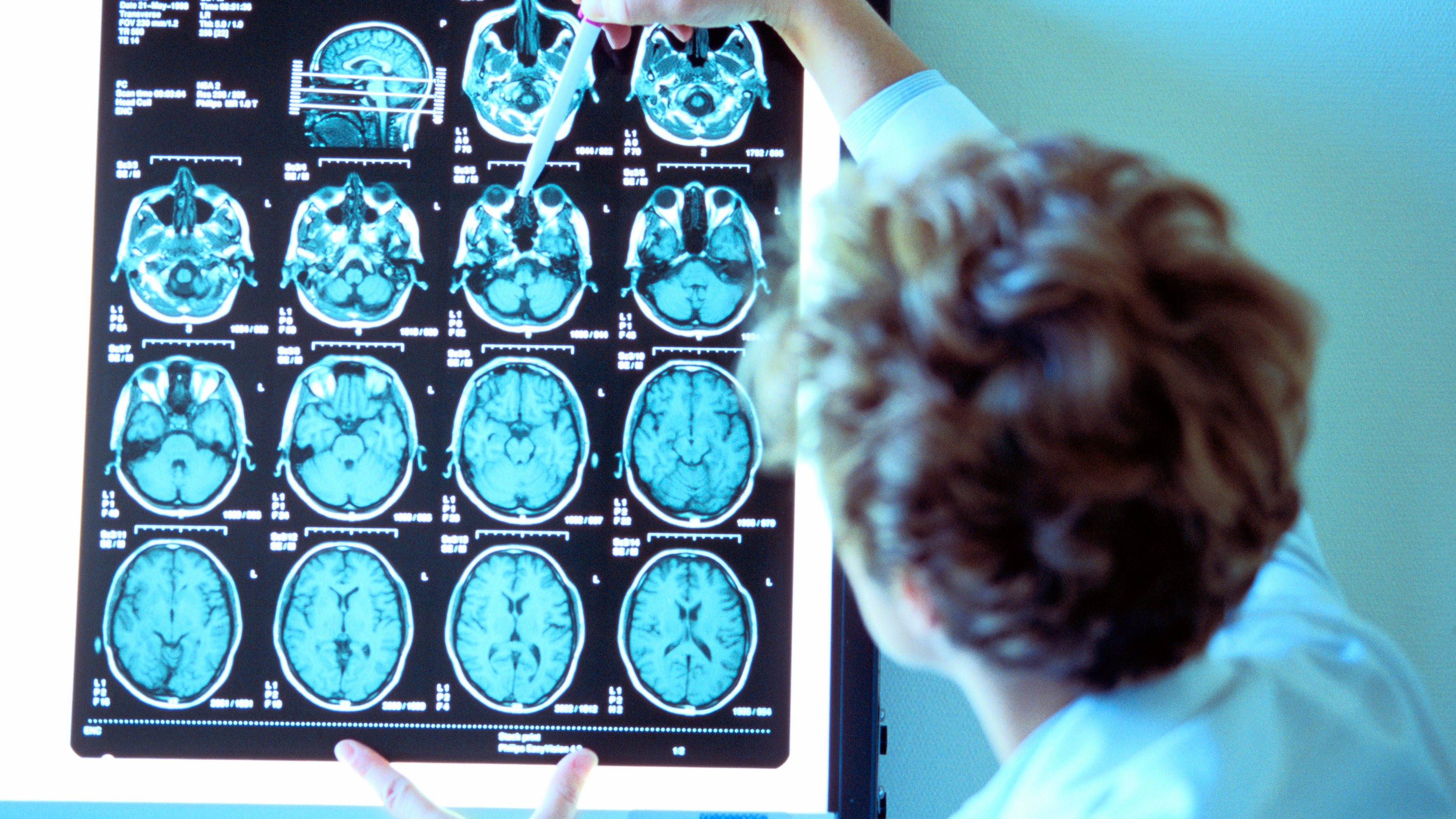Every three seconds, a person in the world develops dementia. In 2020, data collected by Alzheimer’s Disease International (ADI) showed that there were more than 55 million people living with this brain condition. And it is estimated that, by 2050, these numbers could rise to 139 million. But the latest scientific discovery could delay that prediction.
Each human brain has around 171 billion cells, the main ones being neurons -responsible for receiving, conducting and transmitting nerve impulses- and neuroglia, which have no nervous function, but which feed and protect the others.
A new study, published Wednesday in the journal naturerevealed that there is a new type of cell, which precisely combines the characteristics of the previous ones: neurons and neuroglia.
“We identified a subpopulation of cells classified as astrocytes, the main family of neuroglial cells in the central nervous system, which are also capable of secreting glutamic acid, the main neurotransmitter that ensures communication between neurons”, began by explaining pharmacologist Andrea Volterra, from the the team of scientists from the University of Lausanne, Switzerland, told the magazine. news week.
When this cell, called a glutamatergic astrocyte, was applied to mice, the researchers found that it released glutamic acid in certain areas of brain synapses, the places where neurons communicate.: “These are cells that modulate neuronal activity and control the level of communication and excitation of neurons,” added neuroscientist Roberta de Ceglia, from the same university, to the journal Science Alert.
To understand the true importance of these cells, the team of scientists slightly modified them before reinserting them into mice. This time, the animals revealed various memory deficiencies.
Faced with this discovery, the researchers immediately began planning another investigation, in order to understand the role these cells play in the development of neurodegenerative diseases, specifically Alzheimer’s, the most common type of dementia.
“This atypical subpopulation of specialized astrocytes in the adult brain may provide us with insights into the complex roles of astrocytes in central nervous system physiology and disease. There we can identify a potential therapeutic target,” the study authors wrote.
Source: Observadora
